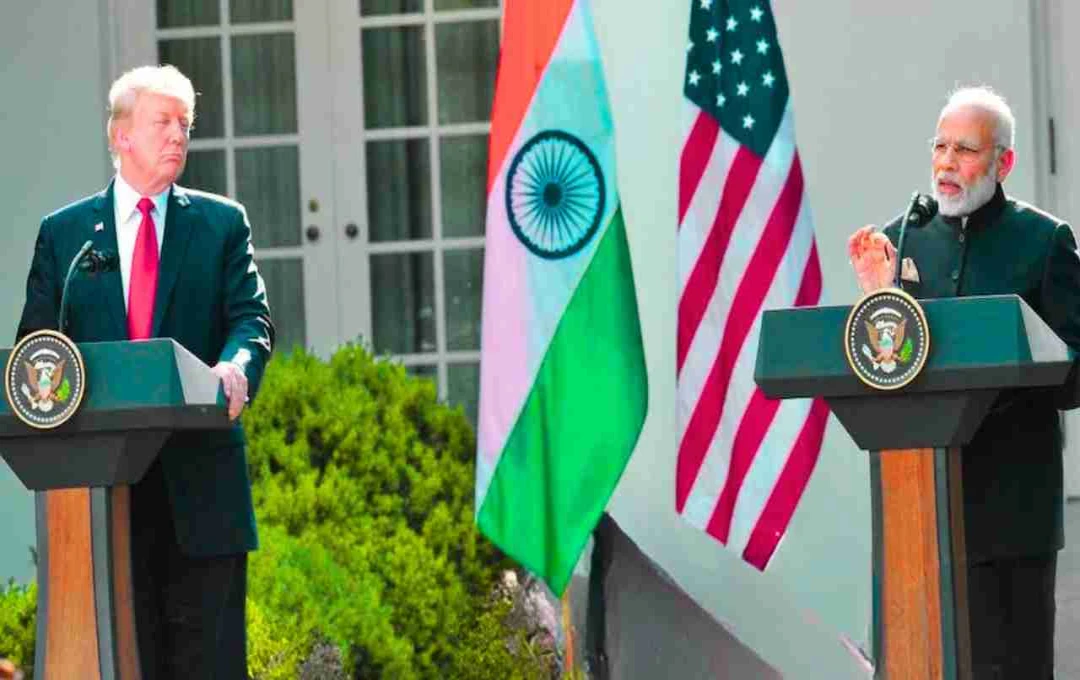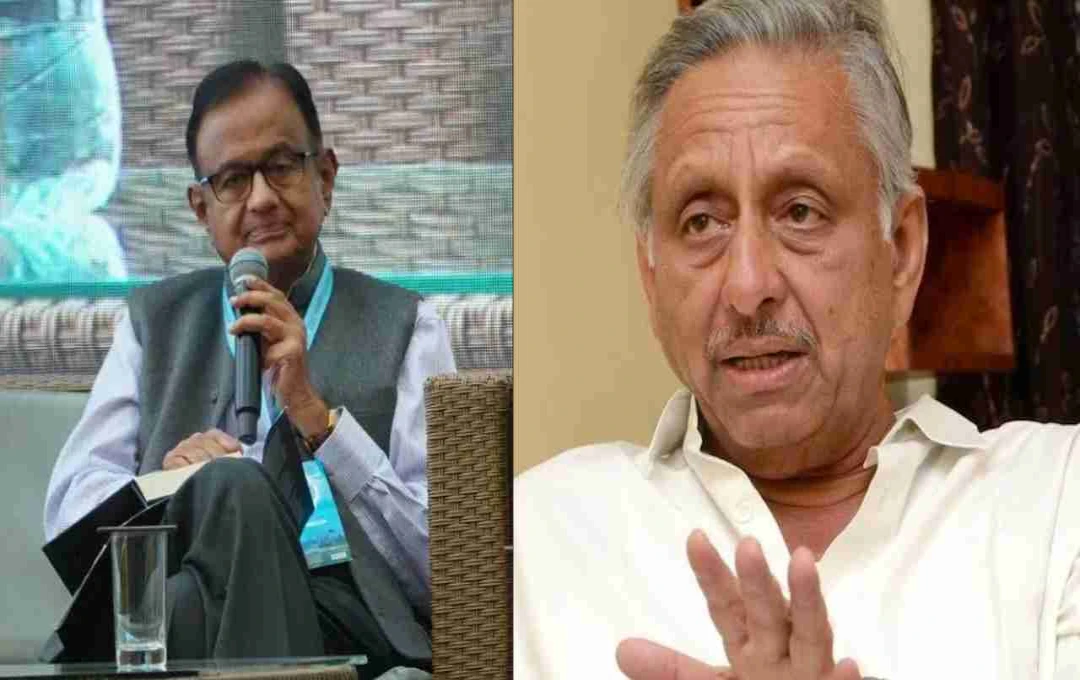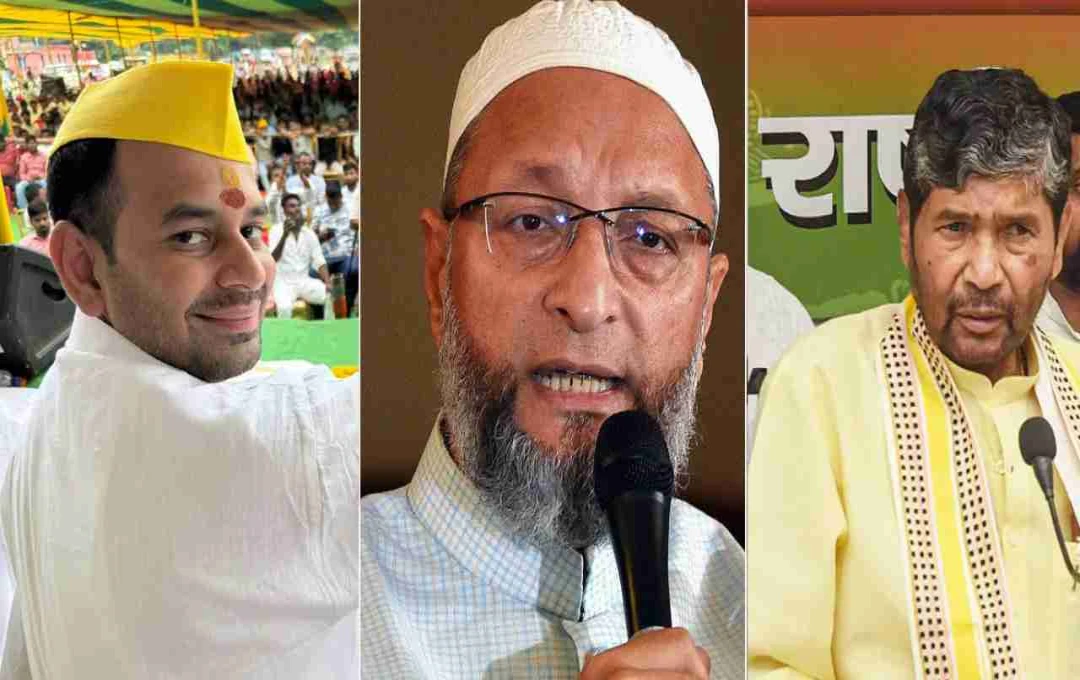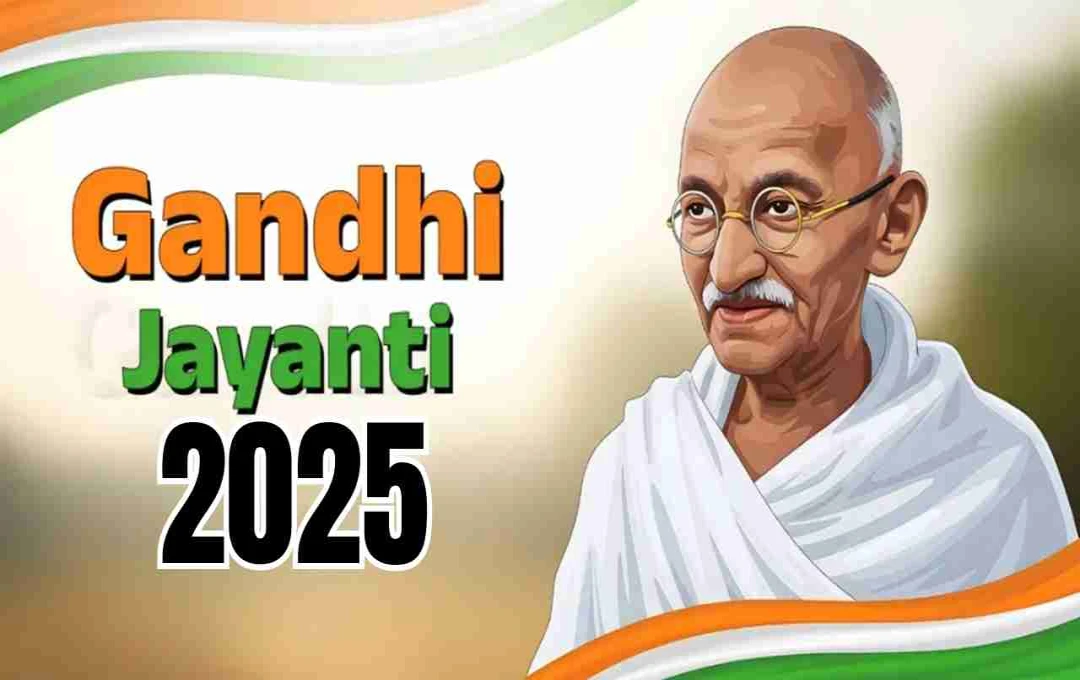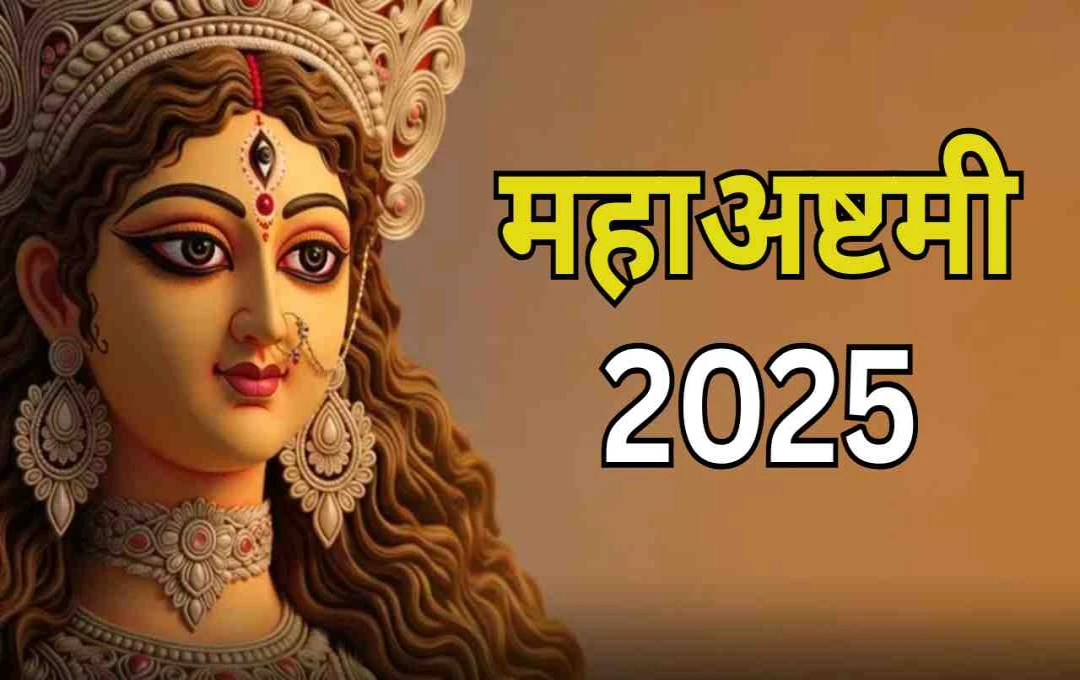With U.S. Trade Representative (USTR) Jamieson Greer's backing of the proposal, the trade deal is considered almost finalized. However, the agreement awaits final approval from President Donald Trump.
A major update has emerged regarding the long-standing trade deal between India and the United States. The U.S. Trade Representative Office (USTR) has supported the deal. Jamieson Greer, the U.S. Trade Representative, has approved the agreement. It is now awaiting the final consent of U.S. President Donald Trump.
Agreement reached on most issues between the two countries
Serious discussions regarding trade have been ongoing between India and the United States for several months. Both countries have extensively discussed tariffs, market access, and other trade conditions. After several rounds of talks, consensus has been reached in most areas. However, India has explicitly denied any concessions regarding the agriculture and dairy sectors.
According to sources, India has termed these two sectors as "sensitive" and stated that it cannot compromise on the interests of its farmers and domestic producers. Meanwhile, understanding has been reached between the U.S. and India on issues like reducing tariffs and facilitating easier market access in other sectors.
Demand to reduce 26% tariff to 10%
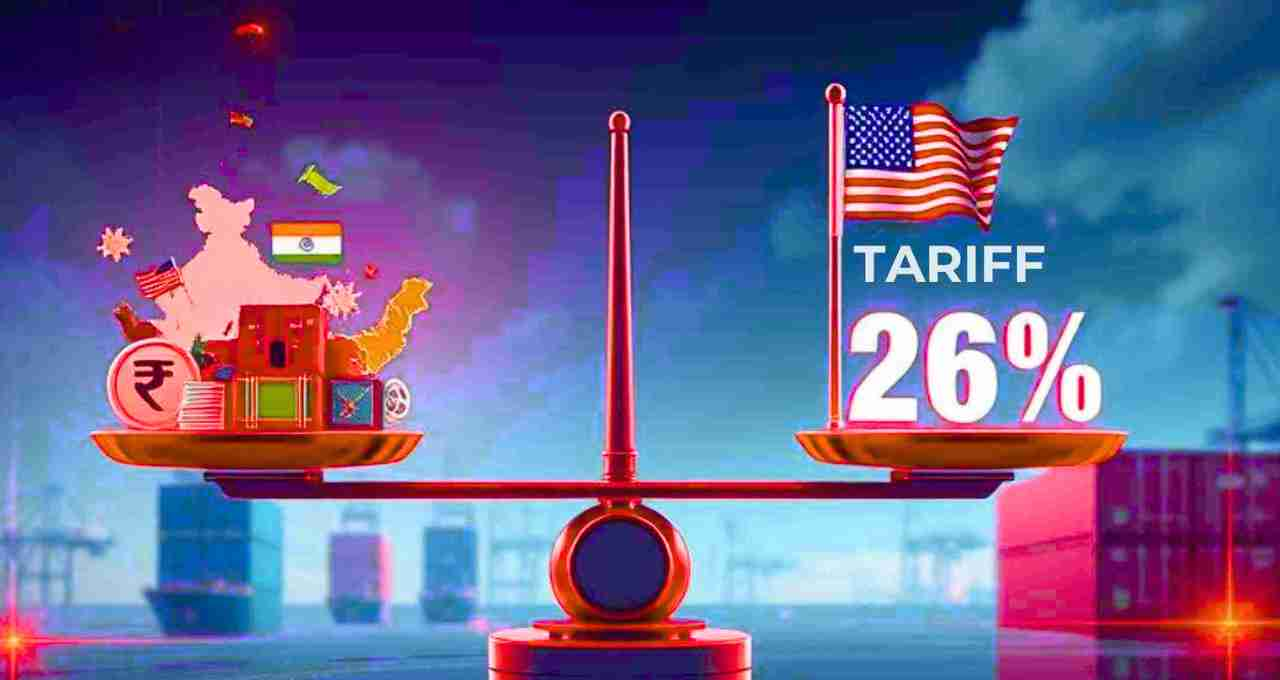
India has demanded that the U.S. reduce the import duty currently levied on Indian products, which is up to 26%, to 10% or even lower. Furthermore, India has proposed that both countries collaborate on schemes to provide trade benefits to small and medium enterprises (SMEs).
Conflict continues on agriculture and dairy
A major demand from the U.S. has been that India provide relief on import duties on agricultural and dairy products, so that U.S. producers can have a larger market in India. The U.S. wants significant tariff cuts in these sectors. But India has clearly stated that it will not compromise on the protection of its domestic farmers and the dairy industry.
India says that a large population of the country depends on agriculture and dairy and that these sectors cannot be opened under any foreign pressure.
White House approval will pave the way
With the support of U.S. Trade Representative Jamieson Greer, the agreement is now only one step away. This final step is the green light from U.S. President Donald Trump. According to reports, this deal has now been put before the White House for consideration, and a final decision may be made soon.
If approved by the Trump administration, it will be considered the beginning of a new era in trade relations between India and the United States.
Impact of the deal on the Indian market and industries

If this deal is approved, it will directly impact Indian trade, especially export-based industries. Indian products will have greater access to the U.S., and relief in tariffs will also benefit price competition.
Sectors like textiles, engineering goods, food processing, and chemicals, in particular, could benefit significantly. Meanwhile, auto parts, electronics, and some specific agricultural products imported from the U.S. may enter the Indian market.
The agreement is also important politically
This agreement between India and the United States is considered important not only economically but also from a political perspective. It also reflects the growing strategic and diplomatic relations between the two countries.
In an election year, this could also be a significant domestic message for Trump, where he can show that he has made a new and beneficial trade agreement for the U.S. On the other hand, this is a sign from India that the country is serious about strengthening its global partnerships.
New trade direction will be formed after consensus
Now that both countries have reached a consensus on almost all issues and only final approval is pending, it is believed that this could prove to be a historic turning point in India-U.S. trade relations. This agreement can also determine the direction of talks with India's other major trading partners in the future.
